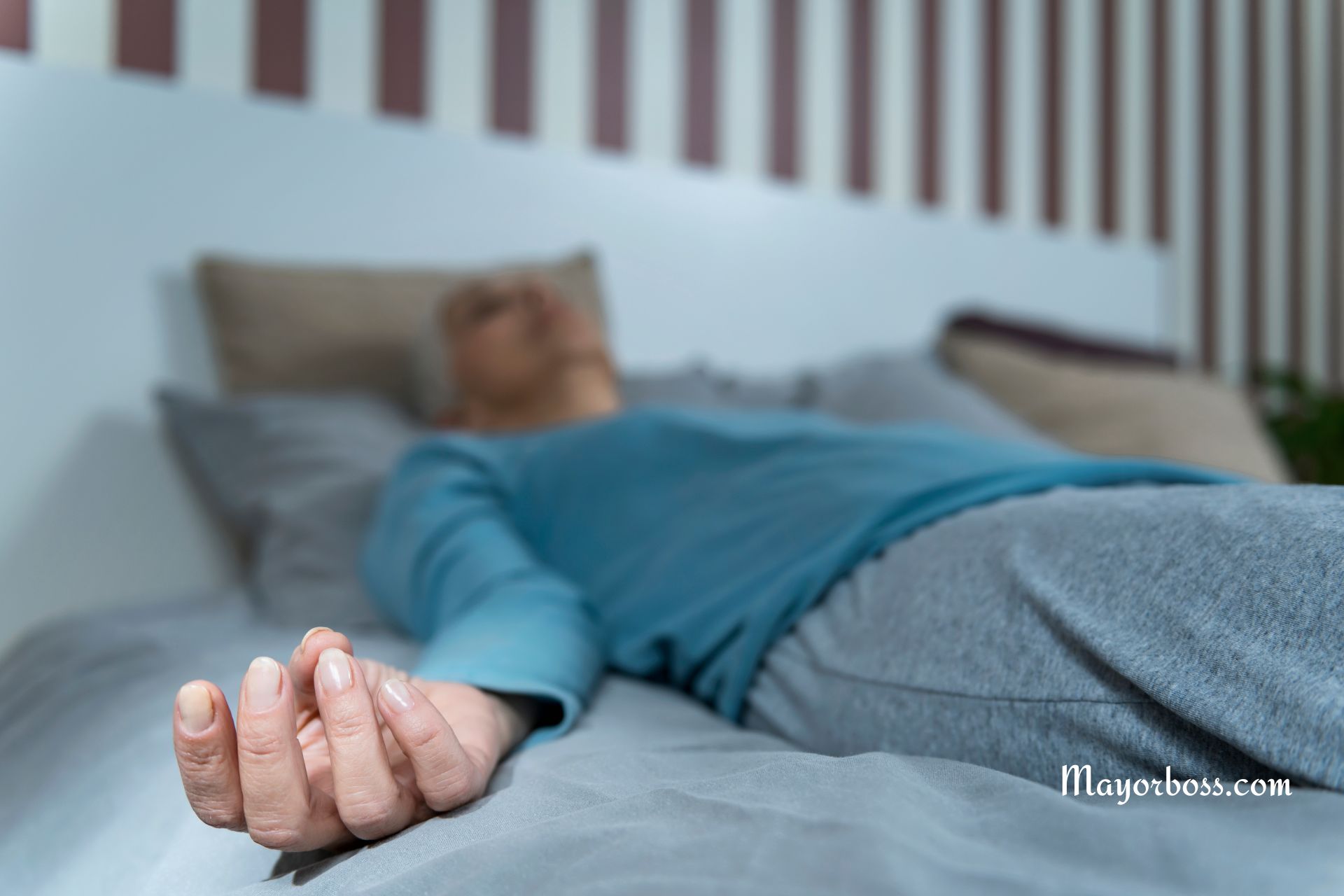How to Fall Asleep in 60 or 120 Seconds
Struggling to fall asleep quickly can be frustrating, especially when you’re tired and just want to drift off. You might be surprised to learn that with a few simple techniques, you can train your body to fall asleep in as little as 60 or 120 seconds. Let’s take a look at some practical strategies that can help make this a reality for you.

Techniques for Quick Sleep Onset
1. The 4-7-8 Breathing Technique
- How it works: This method is a relaxing breathing pattern that promotes calmness.
- What you do: Breathe in quietly through your nose for 4 seconds, hold your breath for 7 seconds, and exhale forcefully through your mouth for 8 seconds.
- Why it helps: This pattern can slow down your heart rate and prepare your body for sleep.
2. Progressive Muscle Relaxation (PMR)
- How it works: PMR reduces physical tension, which often accompanies mental stress.
- What you do: Tense each muscle group for a few seconds and then relax them, starting from your toes and moving up to your head.
- Why it helps: By focusing on physical relaxation, your mind also eases, paving the way for quicker sleep onset.
3. Visualization or Imagery
- How it works: This involves creating a calm, peaceful mental image.
- What you do: Imagine a scene that’s relaxing for you, such as a beach or a quiet forest.
- Why it helps: It diverts your mind from the stresses and thoughts that might be keeping you awake.
4. The Military Method
- How it works: Used by the U.S. military, this technique combines relaxation, breathing, and visualization.
- What you do: Relax your entire body, take slow, deep breaths, and clear your mind for 10 seconds.
- Why it helps: It’s designed to lower stress levels quickly, enabling soldiers to fall asleep even in less-than-ideal conditions.
Additional Tips for Better Sleep Hygiene
- Establish a bedtime routine: Doing the same relaxing activities each night can signal to your body that it’s time to wind down.
- Limit screen time before bed: The blue light from screens can impede your natural sleep cycle.
- Create a comfortable sleep environment: Ensure your bedroom is quiet, dark, and cool.
- Avoid caffeine and heavy meals before bed: These can disrupt your ability to fall asleep quickly.
Frequently Asked Questions
Is it normal to take longer than 2 minutes to fall asleep?
Yes, it’s normal. The average time to fall asleep, known as sleep latency, is around 10-20 minutes for most people.
Can these techniques help with insomnia?
While these techniques can aid in relaxation, chronic insomnia may require medical attention and more targeted therapies.
How long does it take to see results from these methods?
This varies from person to person. Some might see immediate effects, while others may need to practice these techniques consistently over time.
Remember, falling asleep quickly is a skill that can be developed. By regularly practicing these methods and maintaining good sleep hygiene, you’ll be on your way to quicker, more restful nights. If sleep difficulties persist, it’s important to consult with a healthcare specialist to rule out any underlying conditions. Sweet dreams!
